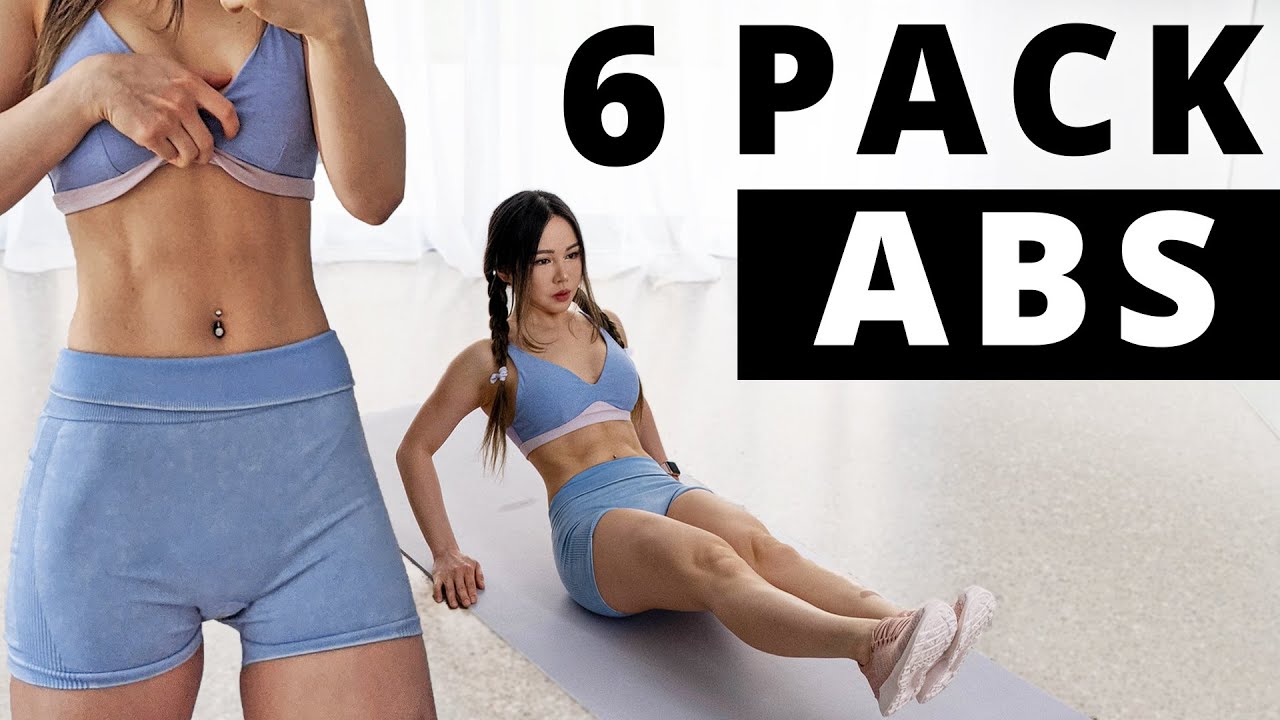
Using a fitness journal can help you keep track of your progress. It is simple to use and can be used as motivational tool. This journal can be used to keep track of your exercise, weight, water intake, as well as your goals. You can also reflect on your progress and see if you are making progress. Many fitness journals have prompts that you can use to help you write. These prompts can help keep you motivated to exercise. You should first decide what your purpose is before you start using a journal.
A fitness journal is a great way to keep track of your progress and record your exercises. A journal can help you to identify patterns in your behavior and be therapeutic. The same goes for keeping a fitness log. This will help you keep track on your diet and weight loss goals. By keeping track of your progress, you can monitor it and adjust your diet/exercise program accordingly. This is particularly useful if your goal is to lose weight.

Most fitness journals feature a section for goal tracking. This can be a powerful tool to motivate you and keep you on track with your goals. These journals can be used to record daily and weekly reflections. Some journals can only be used for a limited number of workouts, while others can keep track of every rep and calorie burned. It is crucial to pick the right journal for you and your lifestyle. You'll need a fitness journal that has a space for everything.
A Fitday notebook is another popular form of fitness journal. This journal has sections that allow you to record six meals and as many as 10 exercises per day. This journal is easy to carry and can be used for travel. The Fitday journal comes in many sizes and is very flexible. The flexible leatherette cover in black is adjustable and the elastic booktrap is simple to adjust. It can hold 280 pages for up 16 weeks.
You can stay motivated and accountable by keeping a fitness journal. A daily routine can help you keep track of your goals. You will be able to avoid procrastination, and you'll have the motivation you need for your workouts. A fitness journal can help you reach your goals faster and meet your health targets. A fitness journal can be a useful tool for tracking your progress.

You can keep track of your fitness routine by keeping a fitness journal. A journal can be an excellent motivational tool for busy people. You can keep track of your activities, and set goals with a planner. You can also keep track of your food intake and recover from exercise by keeping a journal. This type journal is very beneficial for your health. After you start keeping a journal about your fitness, you will be able to stick with it for the rest.
FAQ
Supplements and herbs can improve immunity
Herbs and natural remedies can be used to boost immune function. Some common examples include garlic, ginger, oregano oil, echinacea, ginkgo biloba, and vitamin C.
However, these herbal remedies should not replace conventional medical treatment. These herbal remedies can cause nausea, vomiting, stomach cramps or dizziness.
How do I count calories?
You may be wondering "what is the best diet for you?" or "is counting calories necessary?" Well, the answer depends on several factors including your current health status, your personal goals, your preferences, and your overall lifestyle.
The Best Diet For Me: Which One Is Right?
My personal health, goals and preferences as well as my lifestyle determine which diet is best for me. There are many diets out there, some good and some bad. Some are better for certain people than others. What should I do? How do I make the right decision?
These are the main questions addressed by this article. It begins with an overview of the different diets today. After that, you will learn about the pros and disadvantages of each type. Then, we will discuss which diet is the best.
Let's first take a look at different diets.
Diet Types
There are three main types: low-fat, high-protein, or ketogenic. Let's talk about them briefly.
Low Fat Diets
A low fat diet is a diet that restricts the amount of fats consumed. This is done through reducing the intake of saturated fats (butter, cream cheese, etc.) They are replaced by unsaturated fats such as avocados, olive oil, and cream cheese. If you want to lose weight fast and easily, then a low fat diet is often recommended. However, this kind of diet may cause problems such as constipation, heartburn, and indigestion. A person may also experience vitamin deficiencies if they don't get enough vitamins.
High Protein Diets
High protein diets reduce carbohydrates to favor of proteins. These diets usually have higher amounts of protein than other diets. These diets are meant to increase muscle mass, and burn more calories. They may not be able to provide sufficient nutrition for people who need it. They are also very restrictive, so they might not be appropriate for everyone.
Ketogenic Diets
Ketogenic diets can also be known as keto diets. They are high-fat and low in carbs and protein. Athletes and bodybuilders use them because they allow them more time and harder training without feeling fatigued. They do require strict compliance to avoid any side effects like fatigue, headaches, nausea, and headaches.
How can my blood pressure be controlled?
Find out the causes of high blood pressure first. You must then take steps towards reducing the problem. This could mean eating less salt, losing some weight, taking medication, and so on.
You also need to make sure you are getting enough exercise. Walking can be a good alternative to regular exercise if time is tight.
You should join a gym if you are unhappy with your exercise routine. You will likely want to join an exercise group that shares your goals. You will find it easier to keep to a workout schedule if you have someone to watch you at the gym.
What is the best way to eat?
The best diet for you depends on several factors, like your age, gender, weight, health conditions, and lifestyle habits. You should also consider how much energy your exercise consumes, whether you like low-calorie or high-calorie foods, and what you enjoy in terms of eating fruits and veggies.
Intermittent fasting might be an option for you if your goal is to lose weight. Intermittent fasting is a way to eat only certain meals during the day instead of three large meals. You may find that this method works better for you than traditional diets that include daily calorie counts.
Intermittent fasting is believed to increase insulin sensitivity. It may also reduce inflammation. This may lead to a decrease in diabetes risk and blood sugar levels. Some research also suggests that intermittent fasting might promote fat loss, and improve overall body composition.
What is the difference between a virus and a bacterium?
A virus can be described as a microscopic organism that cannot reproduce in another cell. A bacterium, a single-celled organism, reproduces by splitting into two. Viruses are very small (about 20 nanometers) while bacteria are larger (up to 1 micron).
Viruses are spread via contact with infected bodily liquids such as urine, saliva, semen and vaginal secretions. Bacteria can be spread by direct contact with infected objects and surfaces.
Viral infections can be transmitted through skin cuts, scrapes and bites. They may also get into the body through the nose and mouth, eyes, ears or rectum.
Bacteria can be introduced to our bodies by cuts, scrapes or burns. They may also come into our bodies through food, water, air, soil, dust, or animals.
Viruses and bacteria both cause illness. But viruses do not have the ability to multiply within their hosts. They can only infect living cells and cause illness.
Bacteria can cause illness by multiplying in the body. They can even invade other parts of the body. Antibiotics are needed to eliminate them.
Statistics
- nutrients.[17]X Research sourceWhole grains to try include: 100% whole wheat pasta and bread, brown rice, whole grain oats, farro, millet, quinoa, and barley. (wikihow.com)
- This article received 11 testimonials and 86% of readers who voted found it helpful, earning it our reader-approved status. (wikihow.com)
- According to the Physical Activity Guidelines for Americans, we should strive for at least 150 minutes of moderate intensity activity each week (54Trusted Source Smoking, harmful use of drugs, and alcohol abuse can all seriously negatively affect your health. (healthline.com)
- The Dietary Guidelines for Americans recommend keeping added sugar intake below 10% of your daily calorie intake, while the World Health Organization recommends slashing added sugars to 5% or less of your daily calories for optimal health (59Trusted (healthline.com)
External Links
How To
What does the word "vitamin" mean?
Vitamins are organic compounds naturally found in food. Vitamins are essential for our bodies to absorb nutrients from the foods we eat. The body cannot make vitamins; therefore, they must be obtained from food.
There are two types: water-soluble and fat-soluble vitamins. Water soluble vitamins dissolve easily in water. You can find vitamin C,B1 or thiamine, B2 or riboflavin and B3 or niacin, B3/niacin, B6/pyridoxine, folic Acid, biotin and pantothenic Acid as examples. Fat soluble vitamins are stored in the liver and fatty tissue. You can find vitamin D, E K, A, beta carotene, and other fat-soluble vitamins.
Vitamins are classified according their biological activity. There are eight main groups of vitamins.
-
A - Essential for healthy growth and health maintenance.
-
C - vital for proper nerve function, and energy production.
-
D - Vital for healthy bones and teeth
-
E is required for good vision and reproduction.
-
K - Essential for healthy muscles and nerves.
-
P - vital for building strong bones andteeth.
-
Q - aids digestion, absorption and absorption iron
-
R - Required for red blood cell production
The recommended daily allowance of vitamins (RDA), varies according to age, gender, physical condition, and other factors. The U.S. Food and Drug Administration has established the RDA values.
For adults 19 years and over, the RDA of vitamin A is 400mg per day. Pregnant women require 600 micrograms daily to support fetal development. Children ages 1-8 require 900 micrograms per day. For infants younger than one year, 700 micrograms are required daily. However, this number drops to 500 micrograms each day for children aged 9-12 months.
Children ages 1-18years who are obese need 800 micrograms per day while those who are overweight need 1000 micrograms per day and children who are underweight need 1200 micrograms per day to meet their nutritional needs.
Children 4-8 years old who have anemia must consume 2200 micrograms of Vitamin C daily.
Adults over 50 years of age need 2000 micrograms per day for general health. Women who are pregnant or breastfeeding need 3000 micrograms per day due to increased nutrient requirements.
1500 micrograms are required daily by adults over 70 because they lose approximately 10% of their muscle each decade.
Women who are pregnant or lactating need more than the RDA. Pregnant women need 4000 micrograms per dayduring pregnancy and 2500 micrograms per day after delivery. Breastfeeding mothers need to consume 5000 micrograms every day when breastmilk has been produced.